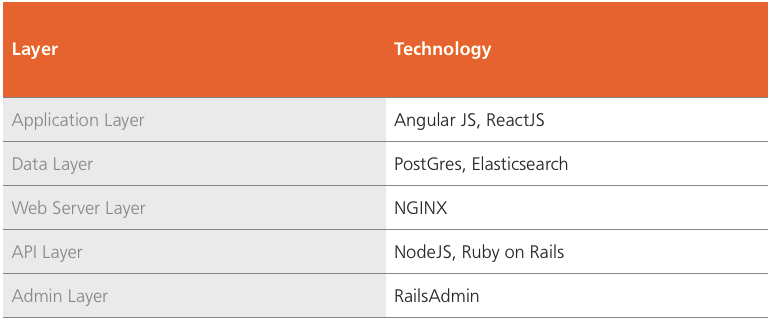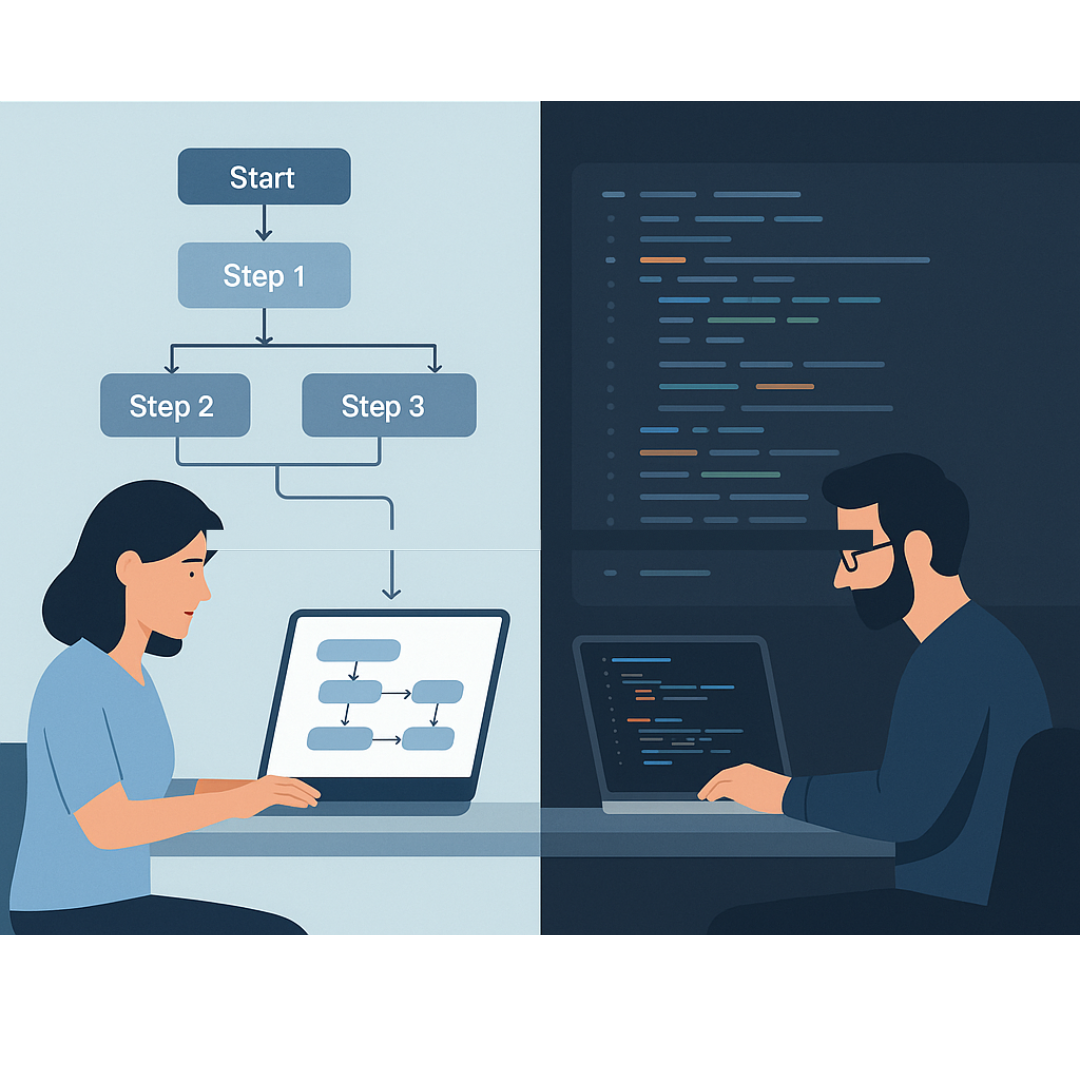How an innovation stack helps launch a minimum viable product
When developing a digital product, speed is the priority, and product/market fit is the goal. You need to get the product into users’ hands fast so you can begin the learning process and validate your idea.
The best way to do that is to launch a minimum viable product (MVP), and the innovation stack is the MVP’s best friend.
A digital product is made up of a collection of functions and features. A few of those features are core components of the product. They are central to what the product is — unique, proprietary elements that make the product special and compelling to users.
But some, in fact, most, of the functions are not unique to a product. They are standard elements that support the key functions. They might include data collection, payment processing, messaging, and calendar interfaces.
So, when you’re developing your digital product, knowing you have to get your MVP launched quickly, and that you have finite resources, where do you want to focus your attention? Of course, you want to focus on the core functions of your product that will add value. But you still need the supporting elements.
The innovation stack helps you understand your product so you can use existing, “off-the-shelf” solutions for the supporting elements, saving time and money.
What is an innovation stack?
You may have heard the terms “technology stack,” or “software stack.” While these terms have the same basic meaning, we prefer “innovation stack,” because innovation is at the heart of digital product development.
An innovation stack is a group of programs, technologies, or applications that work in tandem to produce a result or achieve a goal. It’s called a stack, because the programs are literally stacked on top of one another, digitally speaking, in “layers.” The innovation stack is different for every digital product, but the basic layers include:
- Data
- API
- Web Server
- Application
- Admin
Within these layers are the tools, software packages, and solutions, that work together to make your product achieve its intended goal. This includes the existing technologies that can be plugged into your product to support the core functions, as well as the code for the core functions themselves.
To understand how the layers of an innovation stack work together, let’s use a simple example. Say your product is a web application that displays local weather forecasts. A user logs onto your application and wants to see a five-day forecast for Atlanta, Georgia.
The Application Layer is what the user sees and interacts with. It’s made up of screens, menus, images, input fields, and other tools to enhance the user experience. To find the forecast in Atlanta, she enters the ZIP code 30301.
All of the information required to provide the user with the information she wants resides in the Data Layer. In this case, it’s a database of weather forecast information nationwide –temperatures, precipitation, humidity — all stored in a single location. The Data Layer could also include a search server that indexes the information to make it easier and faster to find.
To get the information from the database to the user is not as simple as the application just grabbing it and displaying it. The information has to be processed, filtered, and formatted so the user sees what she needs. Nothing more, nothing less.
The API Layer is essentially the liaison between the back end and the front end of the application. The API Layer processes, filters, and formats the information request and sends it down so the API can gather it.
The API Layer gathers the information from the database and other sources, according to the business logic of the application. In simpler terms, it applies the search parameters (ZIP code in our example) to pull the correct information from the database and delivers it back up to the Web Server.
The Web Server provides the information to the Application, which displays the information in a user-friendly, easy-to-understand way.
All the while the Admin Layer is used by the application administrators to manage all of the basic software configurations and functions of the application.
The layers of the innovation stack all work together to support your new product. The solution architecture (or the specific technologies for each layer of the innovation stack) is typically driven by the requirements of the user experience.
Example of an innovation stack

Open-adoption software drives innovation
Understanding your product’s innovation stack is crucial to launching an MVP, because it helps you make decisions about where to focus your efforts and where you can leverage ready-made solutions. And there are many different solutions available thanks to the trend toward something being called “open adoption” software.
In contrast to proprietary licensed software, like Oracle and SAP, open adoption software can be used without the purchase of costly seat licenses while still being able to scale as required. The Innovation stack is made up almost exclusively of Open Adoption software and SAAS services – facilitating ease of development and speed to market.
The open adoption software trend is driving innovation. With so much new software available, it’s enabling developers to launch MVPs quickly and for far less money. It allows you to move fast. Instead of having to spend time writing code for basic functions, you can simply plug them in. This means you can keep your team small, and it makes it easier to iterate, testing your product until you find the right approach.
Most of all, it allows you to zero in on what’s important. We’ve stated the importance of the user experience (UX) in determining what a digital product should be, and that same principle applies to the innovation stack. The user needs you’re trying to meet, and the experience you’re trying to deliver should ultimately drive what’s included in your product’s innovation stack.
When you’re building something, it’s important to know and understand what tools you have available, even if you’re not the one using them. If your product or service is part of a larger offering or will connect to an existing product, consideration for the available resources should be included but not necessarily the determining factor.
It should not be determined solely by what your corporate IT department is comfortable using either.
Knowing that you have access to virtually unlimited tools beyond your enterprise software system means that you can ask the right questions of your development team. Most importantly, it means you can confidently assemble and manage your development team and focus your resources in the right places.
So you can launch your product fast.



